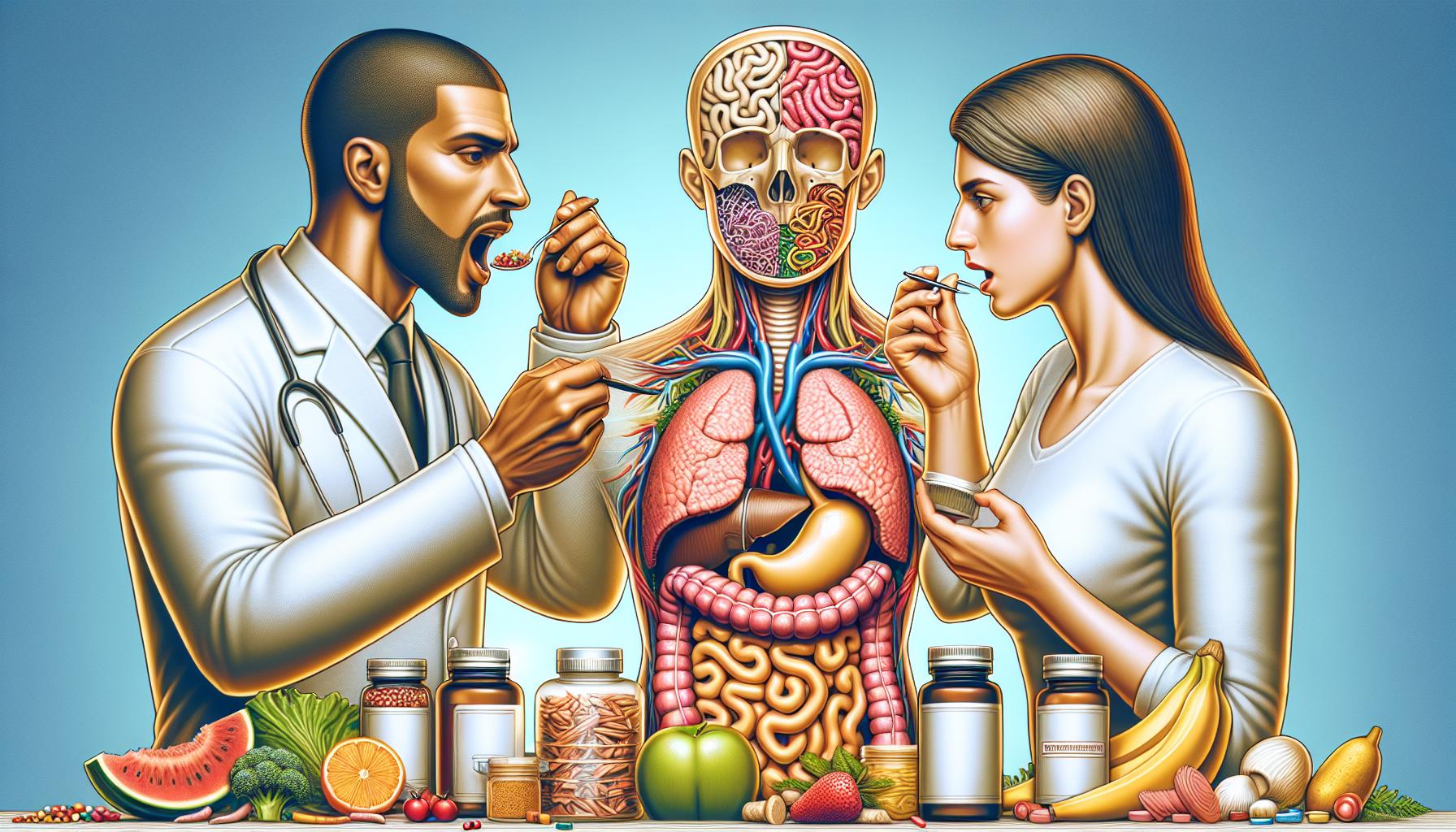
Introduction
What exactly is the mechanism behind the creation of digestive enzymes in the mouth? It all boils down to specific structures that perform this critical task. To be precise, the salivary glands are the star players for this purpose, producing an enzyme known as amylase that commences digestion right in the mouth. Biting into a delicious meal, savouring your feast, you might not ponder what occurs behind the scenes of that cherished masticating process. Follow along as we delve deep into the culinary theater to unearth the influential actors that make such eating enjoyment possible.
What Structures Produce Digestive Enzymes In The Mouth?
The salivary glands in the mouth produce digestive enzymes. There are three main pairs: the parotid, submandibular, and sublingual glands. These glands secrete saliva containing the enzyme amylase, which begins the digestion of carbohydrates.
Salivary Glands: The Unsung Heroes
The mighty metropolis that is the mouth is home to three pairs of salivary glands: the parotid, submandibular, and sublingual glands. These unsung heroes work incessantly, as tireless as bees in a bustling hive, to produce saliva that allows us to chew, swallow, and above all, start the process of digestion.
The parotid glands, the largest of the trio, reside imperceptibly near your ears, cleverly camouflaged amid the contours of the face. Yet, each time you savor a succulent apple or a crunchy carrot, they spring into action.
The Parotid Glands
Parotid glands might well be called the ‘pioneers of the palate’. Responsible for 15-30% of total saliva production, these glands predominantly produce serous saliva— a thin, watery form full of digestive enzymes.
The Submandibular and Sublingual Glands
Tucked under your jawline are the submandibular glands, playing their part as the reliable understudies. They regularly produce 65-70% of saliva and seldom receive a standing ovation. Lastly, taking up the rear are the sublingual glands, playing a smaller, yet no less crucial, role in this digestive performance.
Final Acts in Starring Roles
Although minuscule in size, these sublingual glands hold an important role. Located beneath the tongue, they produce saliva that is primarily mucous, helping to lubricate food for its subsequent journey down the esophagus when the curtains close on chewing.
Salivary Amylase: Lead Role of Digestive Enzymes
Now, going back to the lead of our show—salivary amylase. This unsung hero operates behind the scenes in your saliva, breaking down complex carbohydrates into simpler sugars, all in a pinch, before you’ve even swallowed your meal.
Enjoy the Performance!
So there you have it, a front-row seat to one of nature’s most ingenious performances. Each time you eat, these stellar structures rise to the occasion, delivering digestive enzymes from the moment food touches the tongue. Relishing their performance certainly adds a new dimension to your dining experience!
Conclusion
All’s well that ends well in our oral theater, where various structures work in harmony to kickstart digestion with the production of critical digestive enzymes. Be it the parotid, submandibular, or sublingual glands, each has a role worthy of an encore in the production of these crucial enzymes. So, the next time you dine, consider the incredible roles your own body plays in making every bite a worthy performance.
Frequently Asked Questions
1. What’s the function of saliva in the digestive system?
Saliva starts the digestion process by breaking down food into smaller pieces. It also contains the enzyme amylase that begins the breakdown of starches into sugars.
2. Do the submandibular and parotid glands produce the same type of saliva?
No, the parotid glands typically produce serous, enzyme-rich saliva while the submandibular glands generate a mix of serous and mucous saliva.
3. What happens if the salivary glands aren’t producing enough enzymes?
Insufficient enzyme production can result in digestive issues such as bloating, gas, and nutrient malabsorption.
4. Is there an enzyme in saliva that breaks down proteins?
No, saliva contains the enzyme amylase that starts the digestion of starches, but not proteins.
5. Does saliva only assist in digestion?
No, aside from digestion, saliva also maintains oral health by rinsing away food and bacteria, and neutralizing acids produced by bacteria.

